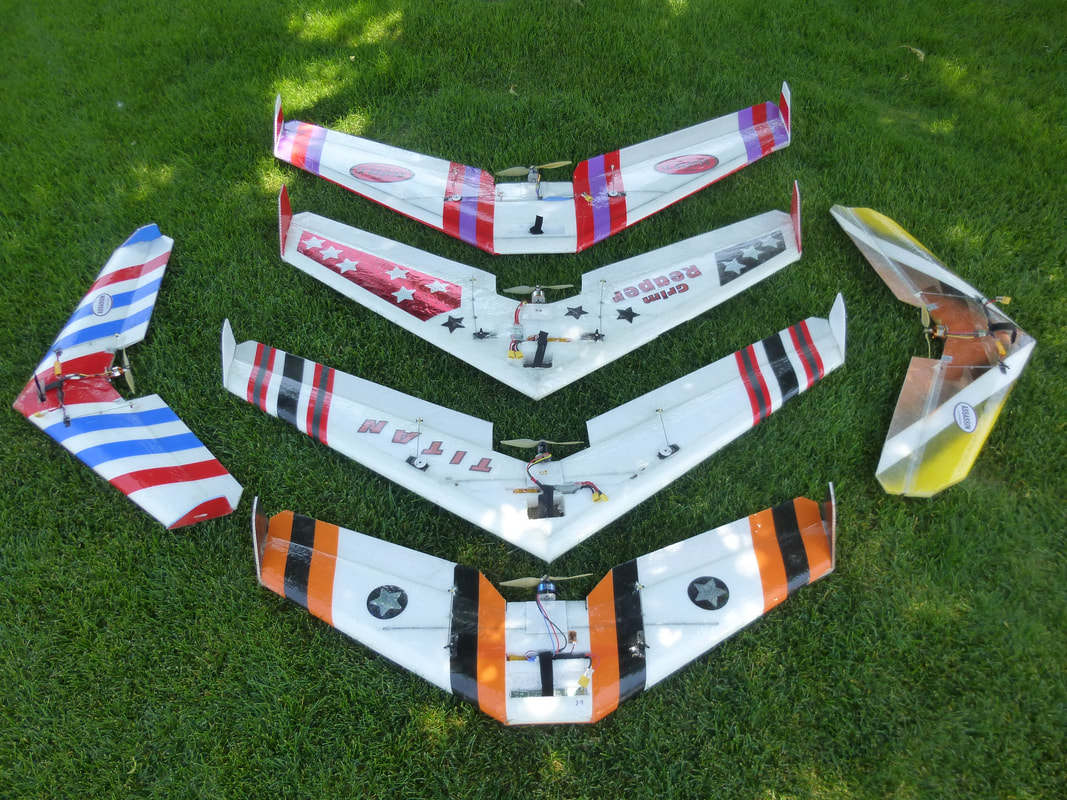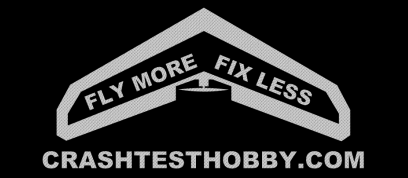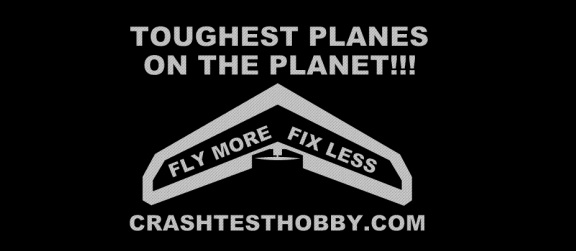Fast Flying

|
I frequently get asked for advice on how to set up a fast flying wing. I decided to post some links to give you some information of what others are doing. www.rcgroups.com/forums/showpost.php?p=51706893&postcount=2205 https://www.rcgroups.com/forums/showpost.php?p=51711043&postcount=2209 |
I know you want me to give you a list of electronics and parts to make a ballistic Assassin. I don't really have a list. One of the best references will be Rdimand who posts a lot on our RCGroups threads. He consistently has some of the best high speed modifications I have seen. Go to this thread and ask him (Bob) the same question. https://www.rcgroups.com/forums/show...acers%2A%2A%2A
What do you consider superfast? What are you flying now? What kind of a flying field are you flying at? How much are you willing to spend?
I know that there are flyers flying with 4S or 6S batteries to get super speeds they claim are in the 120+ range. When you fly this fast you cut your flight time down because you use a burst of power in a short amount of time. Many of these ballistic planes are heavy and so they take off fast and land fast. I know one flyer who only has about a 2 minute flight time but he flies really fast. If you wreck at this speed it will do some damage. These planes are loud with the high speed props.
You have to build a plane to fly at high speeds. Some flyers are putting 3 or 4 spars in the wing and using basswood elevons to make it strong enough to take the G-forces of high G turns. you need to use strong servos to take the forces of high speed flight. All of this reinforcement makes the plane heavier. It is said that symmetrical wings are more stable at high speeds so you may want to consider our symmetrical Rebel series wings.
I like a balance of light weight, speed and flight time. I prefer to fly lighter aerobatic planes that are more aerobatic and keep them closer to me. I prefer the fun to fly vs flat out speed plus there are more places I can fly if the planes are slower and make less noise.
I have a couple of 40" wings that fly in the 90 mph range with a 3530-1700 motor, a 7x6 prop, a 3S 1300-1800 lipo battery and a 40 A ESC. I like the Corona CS or digital DS 238 servos because standard smaller servos are not designed for this kind of torque. I have a roll rate of 3+ a second making these planes exciting to fly. My planes will accelerate straight up and are not too expensive. I have this set up on a Rebel S-14, a Rebel S-16 and a couple of Assassins.
Some of my friends are using the 2826-2200 kv motor with 4S batteries and 50+A ESCs. I think they are breaking the 100 mph speed barrier without breaking the bank.
I owned a boat and one of the mechanics told me the worst thing they ever put on a boat was a speedometer. He said there were boat owners who would pay thousands just to get another 2 miles per hour. This is also true of model airplanes. Some of the RC flyers are flying with $10,000 turbine jets I saw a single RC plane that cost $18,000. I have no interest in the turbines or the troubles they have keeping them in the air. They wreck just as easily as my $100 wings. Most of their wrecks are total losses while the flying wings usually survive.
By the way I was flying yesterday on the slope with some super gliders that were flying in the 120+ mph range. I have to admit is was a lot of fun.
What do you consider superfast? What are you flying now? What kind of a flying field are you flying at? How much are you willing to spend?
I know that there are flyers flying with 4S or 6S batteries to get super speeds they claim are in the 120+ range. When you fly this fast you cut your flight time down because you use a burst of power in a short amount of time. Many of these ballistic planes are heavy and so they take off fast and land fast. I know one flyer who only has about a 2 minute flight time but he flies really fast. If you wreck at this speed it will do some damage. These planes are loud with the high speed props.
You have to build a plane to fly at high speeds. Some flyers are putting 3 or 4 spars in the wing and using basswood elevons to make it strong enough to take the G-forces of high G turns. you need to use strong servos to take the forces of high speed flight. All of this reinforcement makes the plane heavier. It is said that symmetrical wings are more stable at high speeds so you may want to consider our symmetrical Rebel series wings.
I like a balance of light weight, speed and flight time. I prefer to fly lighter aerobatic planes that are more aerobatic and keep them closer to me. I prefer the fun to fly vs flat out speed plus there are more places I can fly if the planes are slower and make less noise.
I have a couple of 40" wings that fly in the 90 mph range with a 3530-1700 motor, a 7x6 prop, a 3S 1300-1800 lipo battery and a 40 A ESC. I like the Corona CS or digital DS 238 servos because standard smaller servos are not designed for this kind of torque. I have a roll rate of 3+ a second making these planes exciting to fly. My planes will accelerate straight up and are not too expensive. I have this set up on a Rebel S-14, a Rebel S-16 and a couple of Assassins.
Some of my friends are using the 2826-2200 kv motor with 4S batteries and 50+A ESCs. I think they are breaking the 100 mph speed barrier without breaking the bank.
I owned a boat and one of the mechanics told me the worst thing they ever put on a boat was a speedometer. He said there were boat owners who would pay thousands just to get another 2 miles per hour. This is also true of model airplanes. Some of the RC flyers are flying with $10,000 turbine jets I saw a single RC plane that cost $18,000. I have no interest in the turbines or the troubles they have keeping them in the air. They wreck just as easily as my $100 wings. Most of their wrecks are total losses while the flying wings usually survive.
By the way I was flying yesterday on the slope with some super gliders that were flying in the 120+ mph range. I have to admit is was a lot of fun.


